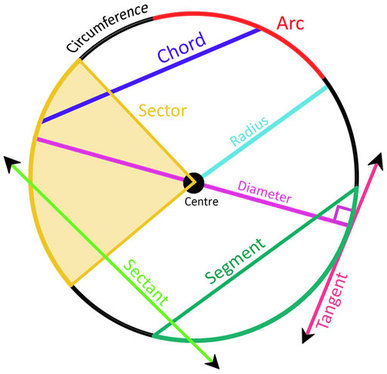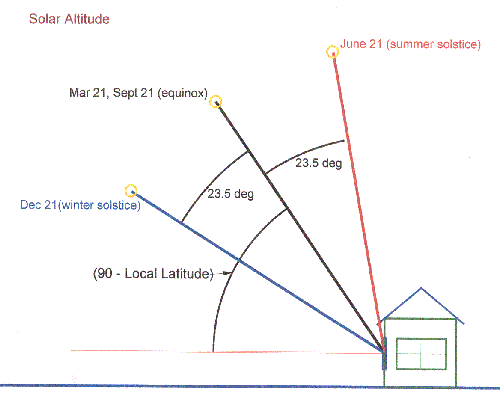Asura Levi
 Sage
Sage
hello people (being so long I haven't come here I nearly forgot the web address)
I've being toying with the idea of a flat world, which is not new at all, with a plus of being the actual centre of the universe.
The sun and moon does circle around it, but in a twisted way (unheard for me at least).
Instead of the sun going east-west, it would, in fact, arise in the east (let's say) in January, then move 'northward', until eventually it is arising on the north in April (thus setting in south), keep moving counter-clockwise until it goes west->east in July, south->north in October, and finally back at east->west in January, ending the year.
The big question mark is: how badly does it affect seasons.
I imagine the centre of the 'world clock' to be an equatorial circle, it would be fraught with storms and what-not. But what about the borders?
Would it be a shifting temperate climate, with summer while being the rising/setting side of the sun and winter when the sun is moving sideways relative to it?
I hope I made myself not too confusing, drawing would be easier, but I only have a very crude sketch of it
Thank you all for your time.
I've being toying with the idea of a flat world, which is not new at all, with a plus of being the actual centre of the universe.
The sun and moon does circle around it, but in a twisted way (unheard for me at least).
Instead of the sun going east-west, it would, in fact, arise in the east (let's say) in January, then move 'northward', until eventually it is arising on the north in April (thus setting in south), keep moving counter-clockwise until it goes west->east in July, south->north in October, and finally back at east->west in January, ending the year.
The big question mark is: how badly does it affect seasons.
I imagine the centre of the 'world clock' to be an equatorial circle, it would be fraught with storms and what-not. But what about the borders?
Would it be a shifting temperate climate, with summer while being the rising/setting side of the sun and winter when the sun is moving sideways relative to it?
I hope I made myself not too confusing, drawing would be easier, but I only have a very crude sketch of it
Thank you all for your time.


 Istar
Istar
 Maester
Maester
 Dreamer
Dreamer